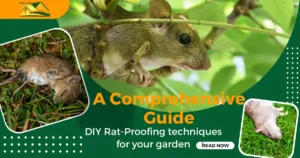Monarch butterflies are facing challenges. They need milkweed, which is in decline. You can help!
Today, we’re planting milkweed seeds, and I’m going to show you the steps, offer some tips for success, talk about the soil blend that I like to use, and by the end of this journey, we should have some successful milkweed plants growing in our own backyards. I highly encourage you to grow these anywhere that you possibly.
Why Grow Milkweed?
For monarch butterflies:
Milkweed is actually the only type of plant that monarch butterflies can lay their larvae on, making it a primary food source for monarchs and other pollinators as well.
Monarch butterfly numbers have fallen by 80% in the last 20 years. Eastern monarchs have seen big drops, which migrate between Canada and Mexico.
The western monarch population which migrates along the Pacific coast, has declined by 99% since the 1980s. In 2020, fewer than 2,000 western monarchs were recorded, compared to 4.5 million in the 1980s.
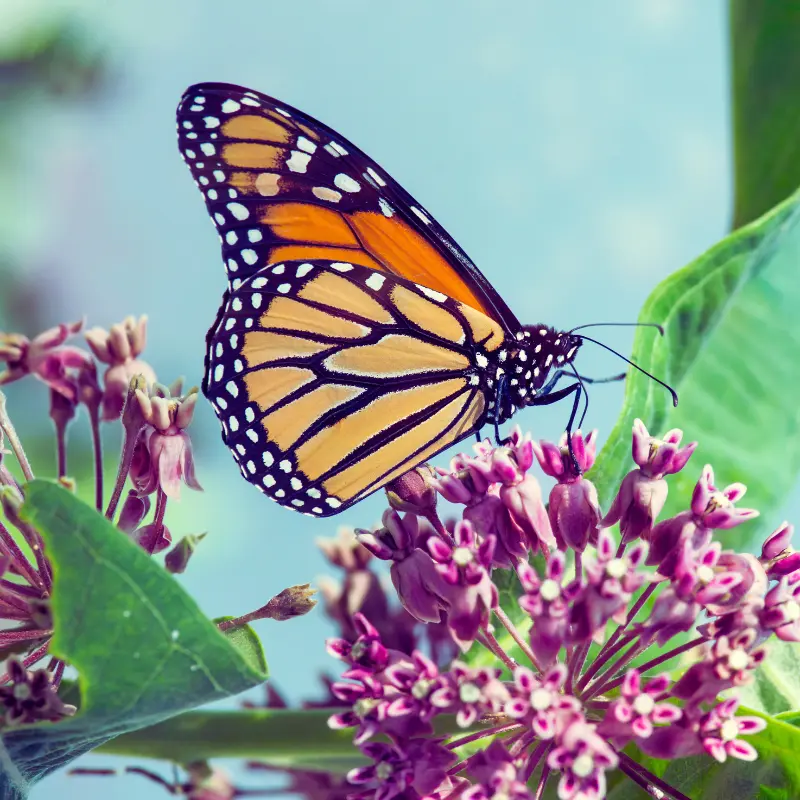
For your garden:
This is a cornerstone native species for your backyard and one of my favorite flowers, investing in the beauty and health of your garden and the local ecosystem. With its stunning flowers, ease of cultivation, and broad ecological benefits.
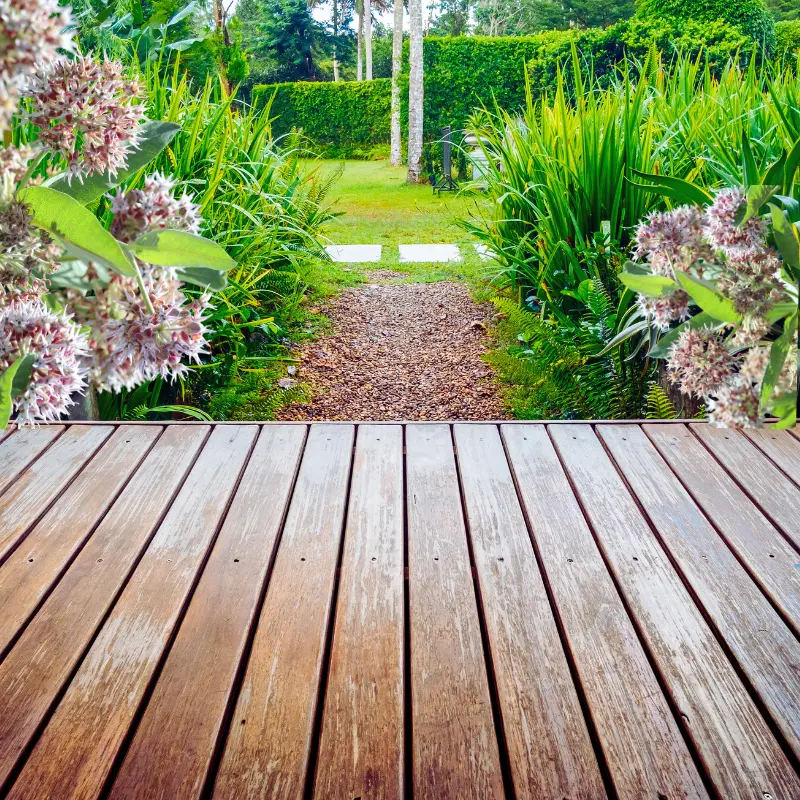
What do Milkweed Seeds Look Like?
Ever wondered about the tiny brown spots inside a milkweed pod? They are actually the magical seeds responsible for creating new milkweed plants. Recognizing these seeds is crucial for anyone interested in cultivating them. Each seed is petite, measuring approximately 1/16 to 1/8 inch. They boast a brown hue and an oval shape, resembling miniature beans. To aid in their dispersal, every seed sports a cluster of hairs that assist the wind in carrying them across vast distances.
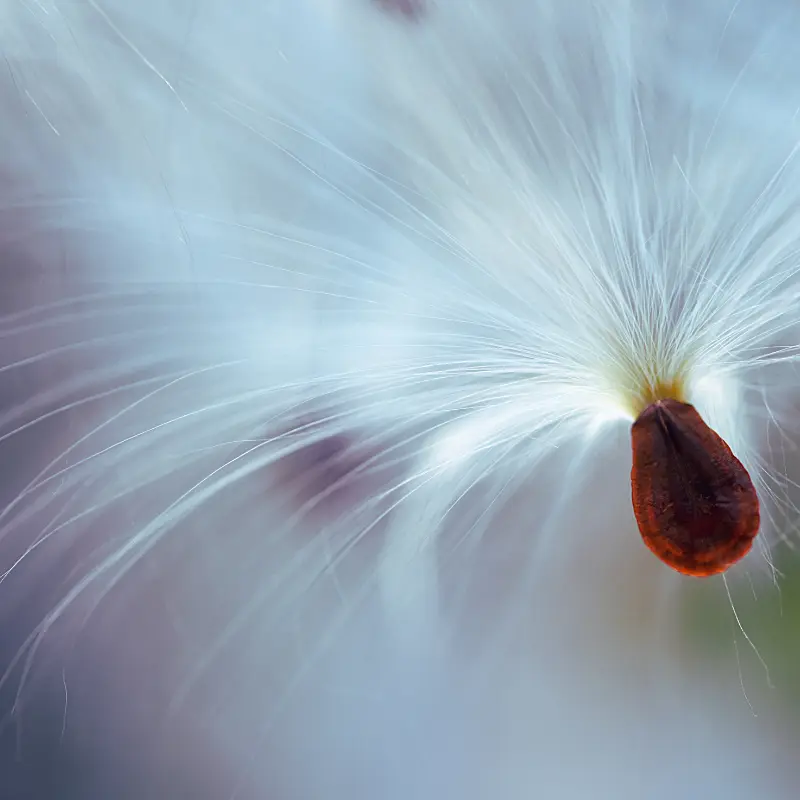
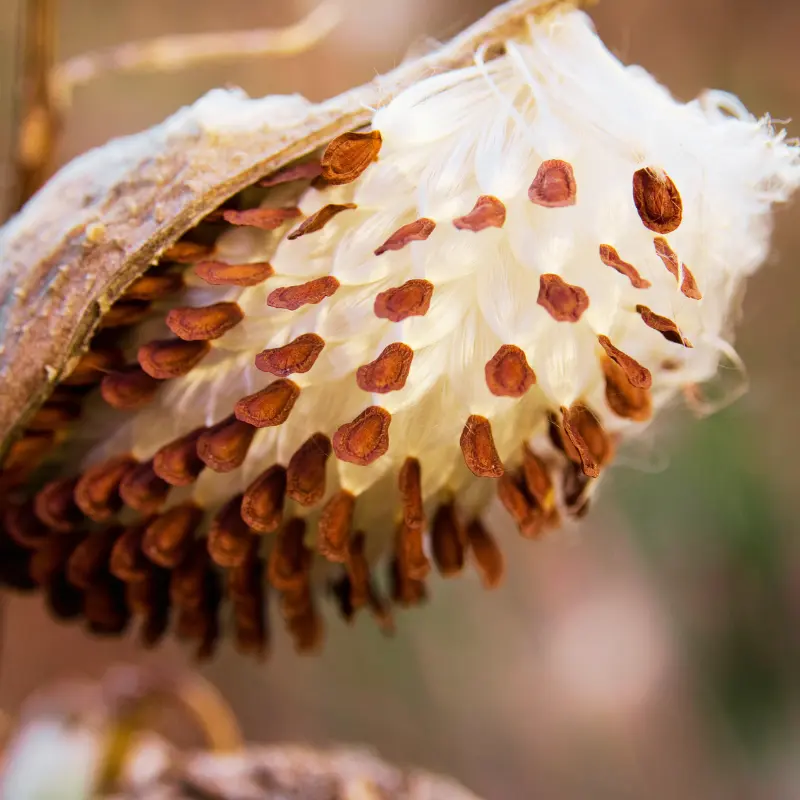
How to Harvest Milkweed Seeds
Harvesting milkweed seeds can be simple and rewarding, especially when you catch the pods at just the right time. Here’s how you can do it, and why it’s worth the effort.
Harvesting milkweed pods is best done at the right time. Wait until the pods are opening but not fully separated. If you wait too long, the silks will spread, making a mess. These steps make collecting easy:
- Prepare the pods: Secure the pods with rubber bands until you’re ready to collect the seeds.
- Open the pod carefully: Open the pod gently, don’t separate the silk. Grasp the pointed end.
- Remove the seeds: Use your fingernail to scrape the seeds off the silk. Don’t worry about getting every seed. Just collect the easiest ones.
- Drying the seeds: Let the seeds dry for about two weeks. Make sure they’re dry before storing.
- Storage: Store the seeds in a paper envelope until you’re ready to plant them.
Choosing the Right Milkweed Seeds
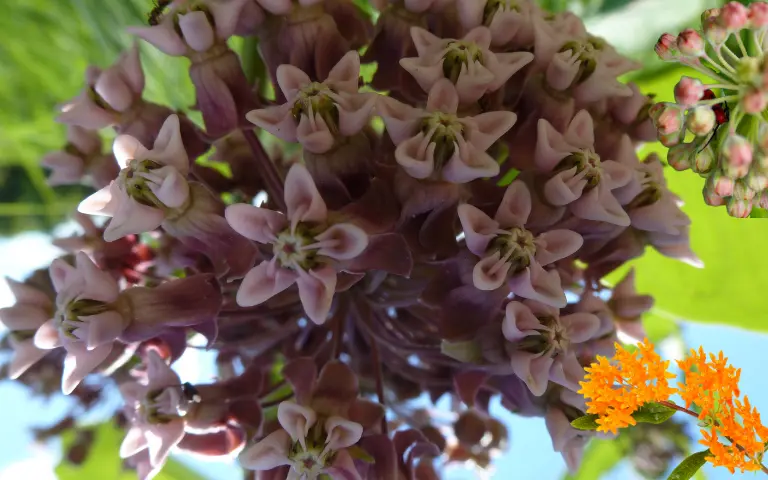
Before you buy, learn how to choose the right seeds for your garden and for monarchs.
Native milkweed species:
Growing native milkweed helps insects. Some non-native milkweed species are not good for monarchs.
Here’s a list of common native milkweed species and where they grow:
- Common milkweed (Asclepias syriaca): Found in the eastern and midwestern United States.
- Butterfly Weed (Asclepias tuberosa): Grows in the eastern and central US.
- Swamp Milkweed (Asclepias incarnata): It likes wet places and is found in the eastern and midwestern United States.
- Showy Milkweed (Asclepias speciosa): Common in the West.
- Narrowleaf Milkweed (Asclepias fascicularis): Found in the West.
To find out which milkweed species are native to your area, visit your local native plant society’s website.
Prairie Moon Nursery
Buy native milkweed seeds to help monarchs and other pollinators.
Non-native milkweed:
Avoiding non-native milkweed is advised due to potential drawbacks, despite its initial appeal. Have you ever come across a non-native plant that dominated a specific area?
In some cases, using non-native milkweed may be suitable, albeit it is generally better to opt for native species. For instance, if native milkweed is scarce in your location, a non-native alternative could serve as a temporary fix until a suitable native option is found. Nevertheless, thorough research on the possible consequences of introducing non-native plants to your garden is crucial.
Always keep in mind that your milkweed should benefit monarch butterflies, not pose a risk.
Comparing different native milkweed species and their growing regions
This chart helps you choose which milkweed species will thrive in your area. Planting the right milkweed helps the monarch butterfly.
| Milkweed Species | Growing Regions | Height | Flower Color | Soil Type | Sunlight |
|---|---|---|---|---|---|
| Asclepias syriaca | Eastern and Central US | 3-5 feet | Pink to Purple | Sandy, Loamy | Full Sun |
| Asclepias tuberosa | Eastern, Central, and Southern US | 1-2 feet | Orange | Well-drained, Sandy | Full Sun |
| Asclepias incarnata | Eastern US, especially wetlands | 3-4 feet | Pink, White | Moist, Loamy | Full Sun to Partial Shade |
| Asclepias fascicularis | Western US | 2-4 feet | White to Pink | Sandy, Loamy | Full Sun |
| Asclepias speciosa | Western and Central US | 3-6 feet | Pink, Purple | Well-drained | Full Sun |
| Asclepias verticillata | Eastern and Central US | 1-2 feet | White | Sandy, Rocky | Full Sun to Partial Shade |
How to Cold Stratify Milkweed Seeds
To grow common milkweed, we must first stratify it. Cold stratification helps plants know when to wake up and start growing. This is a way for many seeds to survive harsh winters, like in Michigan. It stops the seed from germinating too early.
Refrigerator method
We have to mimic the cold stratification period indoors, and the easiest way is in your refrigerator. Common milkweed can usually get away with a cold stratification period of about 30 days. I put my seeds in the fridge on February 1st. Now, at the end of February, they are ready to be planted.
Outdoor method
For the outdoor method, you’ll need a container and a bit of patience.
- Choose a container with holes. A plastic container with a lid works well.
- Fill the container with peat moss and vermiculite or seed starting mix. Moisten the medium, but don’t make it soggy.
- Spread the milkweed seeds evenly. Don’t bury them too deep.
- Add the medium to cover the seeds.
- Find a shady spot in your yard. Put the container there.
- If needed, cover the container with a screen to keep animals from digging up the seeds.
- Keep the container outside all winter. The cold and changing weather will help the seeds to grow.
- Check the moisture level. If the medium is dry, add water.
Milkweed seeds need to be kept cold to germinate. They need to be exposed to winter temperatures. Plant the seeds in the fall and let them sprout in the spring.
How to Grow Milkweed From Seed
Preparing the soil
The quality of your seedling starter mix is very important. I like to blend my own mix using 75% well-draining medium such as coco coir and 25% heavier moisture-retentive soil like an organic garden soil blend. Once your soil is mixed, fill up your seed-starting trays.
Planting the milkweed seeds
Make a small hole in the soil. Native seeds should be planted no deeper than the seed is wide. This is how seeds grow naturally: on top of the soil with little debris.
- Put two seeds in each compartment. Milkweed seeds aren’t tiny, so you can pick them up with your fingers or tweezers.
- Once the seeds are in place, roll the soil over them.
Labeling and watering
Label and water your plants. Many seedlings look the same at first. Use a mister to water the milkweed seeds thoroughly. This keeps the soil moist but not waterlogged.
Caring for seedlings
- Cover the tray to keep the soil moist. Or, make a greenhouse with Saran Wrap.
- Check the soil every day, especially if you’re using a heating mat. The soil can dry out quickly.
- Take off the dome for a few hours each day to let air in and to avoid mold or mildew.
Germination and growth
Anticipate the emergence of sprouts within 10 to 12 days. Milkweed germinates more rapidly than many other indigenous plants, making it particularly satisfying to cultivate. Once the seeds begin to sprout, make sure they are exposed to ample light, either through a sunny windowsill or an LED grow light.
Transplanting milkweed seedlings
When to transplant:
Transplant milkweed seedlings in spring or early summer after the last frost. The soil should be warm and workable.
Choose the right spot:
Choose a sunny spot with well-drained soil. Milkweed thrives in the sun. Choose a protected spot.
Transplanting technique:
- Prepare the soil: Dig a hole twice as wide and as deep as the seedling.
- Gently remove the seedling: Carefully remove the seedling from its container.
- Put in hole: Put the seedling in the hole, making sure the root ball is level with the ground.
- Backfill with soil: Fill the hole with soil and press it around the roots.
- Water the seedling well.
- Optional Staking: If needed, put a stake in the ground to support the seedling from the wind.
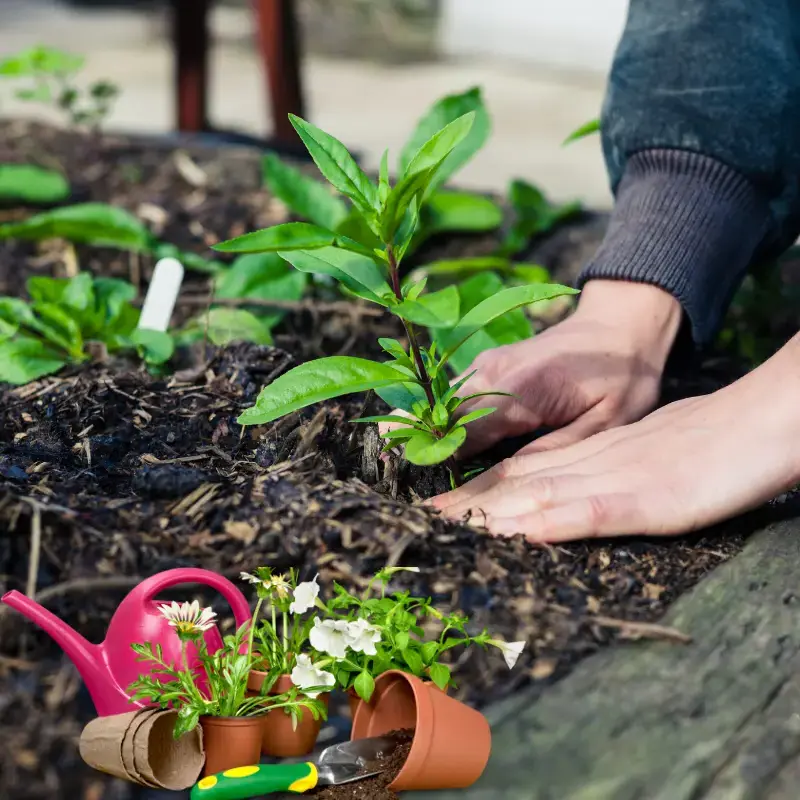
Milkweed: Wildlife Interactions
Butterfly weed attracts pollinators like bees, butterflies, and hummingbirds. It also helps monarch butterfly caterpillars grow. The plant can survive pests like milkweed beetles and tussock moths that can strip the leaves.
Butterfly weed is like a precious jewel for those who love to design a stunning garden that attracts pollinators and supports monarch butterflies. The flowers look beautiful and help insects. The bright orange flowers, resilience, and adaptability of this plant make it essential for any garden. Embracing this extraordinary plant allows you to reap the rewards of both beauty and environmental advantages.
Growing milkweed seeds can help monarch butterflies and other pollinators like bees. It also makes your garden healthier.
If you grow milkweed seeds to help monarchs, share your experience. If you found this guide helpful, subscribe for more tips on supporting pollinators in your garden. Good luck planting!
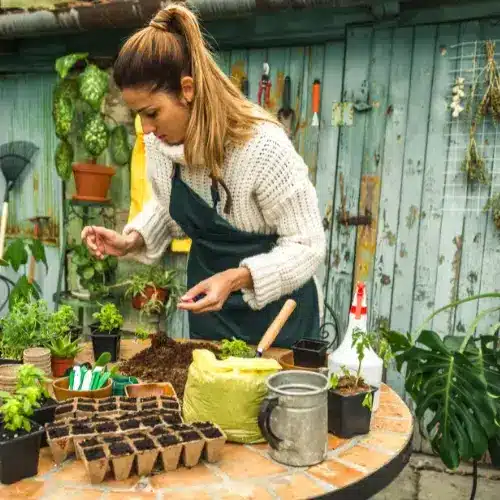
About the Author
With over a decade of hands-on experience in home garden care, I’ve cultivated a deep-rooted passion for nurturing indoor greenery.



